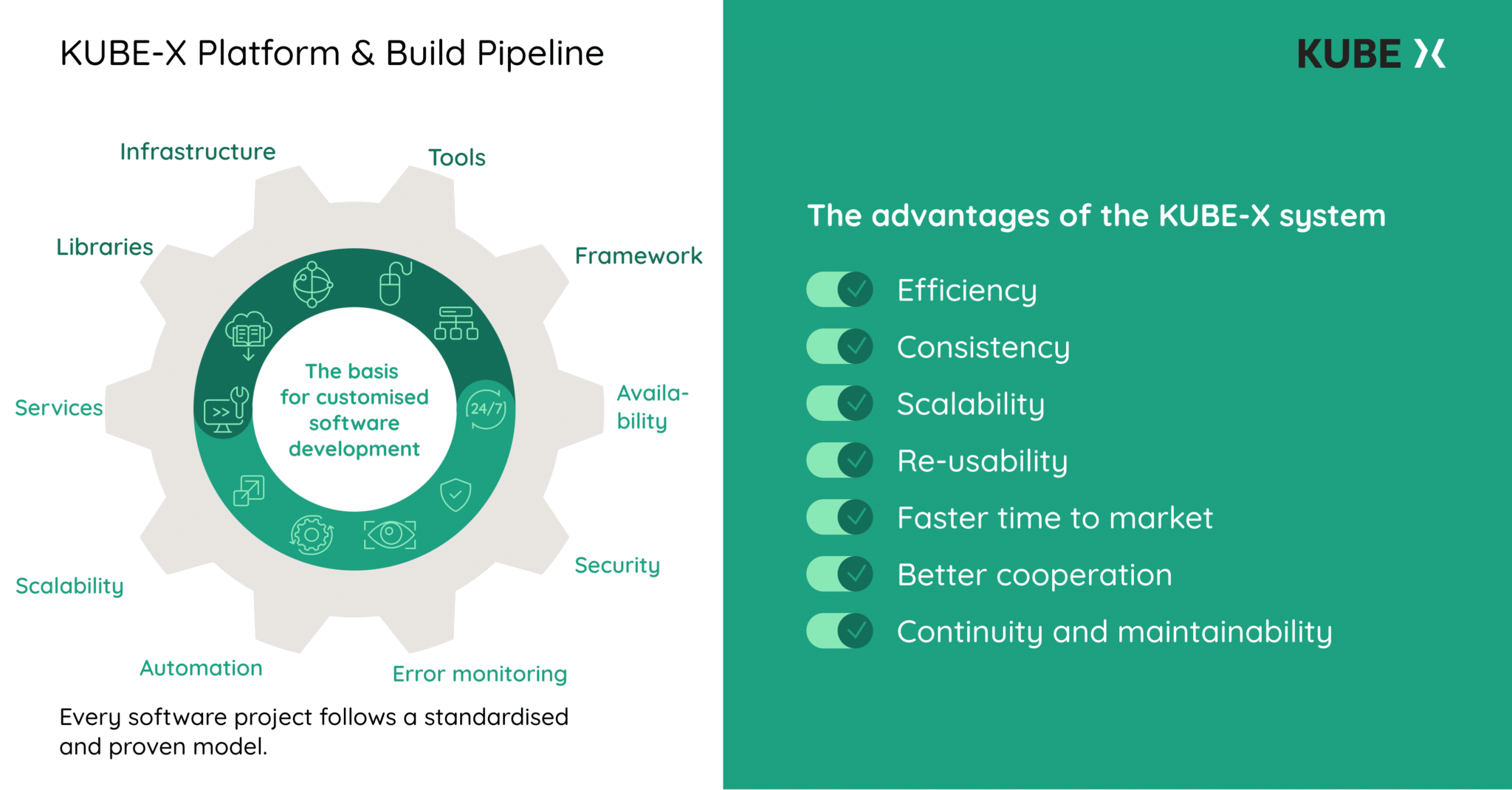Cloud computing is not just a cost factor, but a strategic decision in which SaaS, PaaS, and IaaS determine competitiveness, speed of innovation, and data sovereignty.
What you should know:
- The choice between SaaS, PaaS, and IaaS is less about technology and more about how independent, adaptable, and future-proof your company remains.
- In Switzerland in particular, compliance and data storage location are just as important as scalability and performance.
- The most successful companies combine cloud models in a targeted manner, creating hybrid architectures that reduce costs and accelerate innovation.





















































